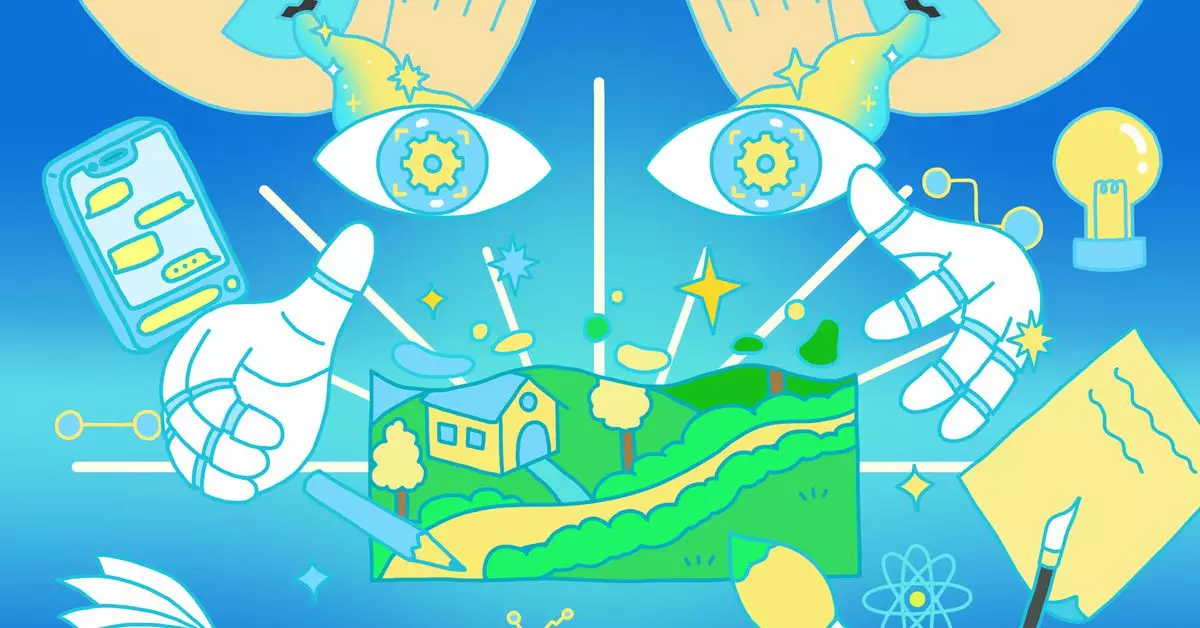In an ever-evolving digital landscape, the intersection of artificial intelligence (AI) and photography presents intriguing opportunities and significant ethical concerns. With the imminent launch of Apple’s new AI tools, particularly under the banner of iOS 18.1, the conversation surrounding authentic representation in photography reaches a crucial juncture. Apple has strategically opted for a modest approach in its latest image editing features, which raises important questions about the balance between user creativity and the integrity of photographic truth.
During a recent engagement with The Wall Street Journal, Apple’s software chief Craig Federighi articulated the company’s commitment to offering image editing tools that enhance user experience while maintaining the authenticity of photographs. This perspective emerges in direct opposition to the extensive editing capabilities offered by competitors like Google and Samsung, which allow users to introduce entirely new elements into their photos. Rather than enabling users to add fantastical assets or dramatically alter the essence of an image, Apple’s “Clean Up” feature aims to simply remove distracting objects and figures.
However, this feature is accompanied by a hint of apprehension. Federighi noted the internal discussions about the implications of making object removal too easy: “Do we want to make it easy to remove that water bottle, or that mic?” This reflection underscores a critical juncture between enhancing user convenience and potentially misleading audiences about the context and authenticity of the original photograph. It raises the concern that even the act of removing extraneous details can alter the perception of reality that photography traditionally conveys.
Contrasting Apple’s restrained approach is the trend towards increasingly sophisticated AI editing tools. Applications such as Google’s Reimagine have made it possible for users to manipulate images drastically, adding elements that stray far from factual representation. Such capabilities have sparked debates about the reliability of photographic content in a world saturated with ‘deep fakes’ and deceptive imagery. As these generative AI technologies gain traction, fostering an environment of skepticism towards photo authenticity may become the unwelcome norm.
Apple’s decision to attach “Modified with Clean Up” labels to edited images reflects their commitment to transparency. The inclusion of metadata not only serves as a disclosure mechanism but also aims to assure users that they can distinguish between original and altered images. This initiative places Apple alongside efforts such as Adobe’s Content Authenticity Initiative, which similarly promotes a framework for identifying manipulated media. Such developments are crucial in an age where misinformation can spread rapidly, further emphasizing the need for reliable sources of visual content.
The ethical implications of AI in photography expand far beyond technical capabilities; they touch on issues of trust, representation, and the essence of reality. With AI becoming a prevalent tool in content creation, there’s a pressing need to question what authenticity means in visual media. As photography has historically served as a documentary medium, the ease of altering reality can blur lines and challenge the foundational trust placed in photographic representations.
Apple’s cautious maneuvers in the AI-driven photo editing space reflect a growing awareness of these ethical concerns. By prioritizing the preservation of authenticity, the tech giant signals a clear recognition of its responsibility. Nevertheless, the inevitabilities of technological progress mean that the challenge is far from resolved. The question remains: how can technology companies balance innovation with ethical integrity without undermining the very medium they are enhancing?
Apple’s foray into AI-enhanced photography brings to light the critical tensions between innovation, user empowerment, and ethical responsibility. As they begin to roll out tools that allow for minor edits while safeguarding the authenticity of images, the company invites a broader discourse on the nature of reality in a digital world ripe with deception. While the technology is promising, it is imperative that both creators and consumers remain vigilant, questioning the integrity of visuals in an increasingly manipulated landscape. The ongoing evolution of AI in photography will undoubtedly demand continued scrutiny, innovation, and ethical reflection in order to chart a sustainable future for this cherished art form.

